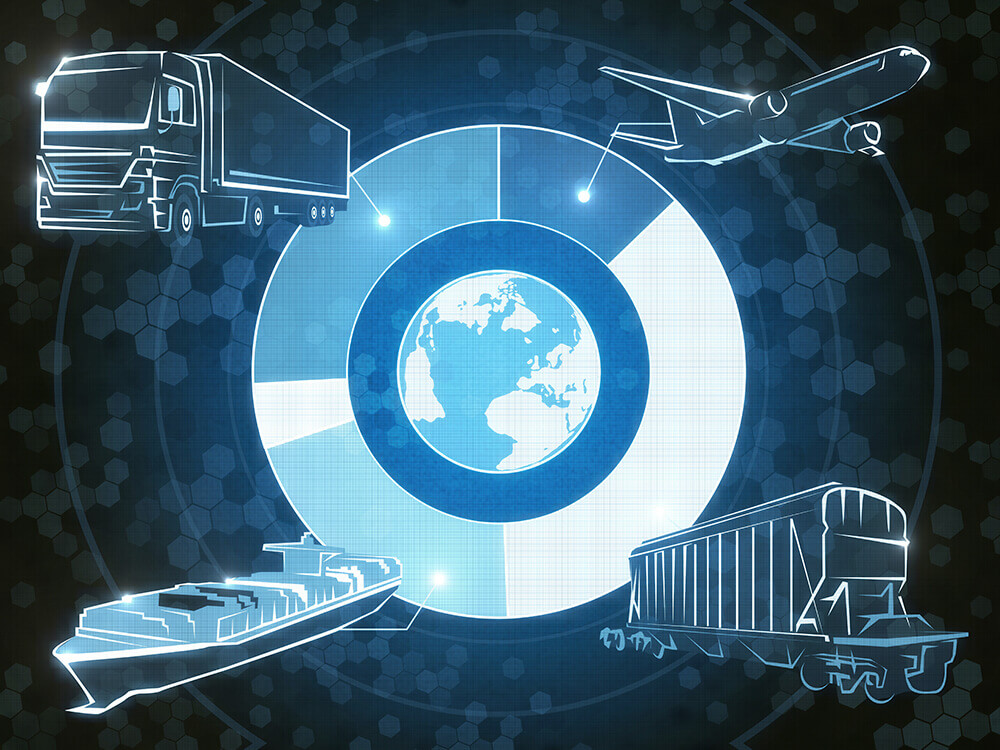
Industries are rapidly transforming themselves in this sophisticated age of smart machines. Data is omnipresent in this new world, and understanding the value hidden in that data will yield significant strategic business advantages. For example, The Internet of Things (IoT) is enabling connected, sensor-embedded machines that can talk to each other. Using telemetry technology, sensor data can be transmitted, collected and analyzed, enabling a physical machine or its components to be virtually duplicated as a Digital Twin.
These virtual representations of the physical world enable product experts and data scientists to collaborate across the globe. They enable advanced analytics work focused on operations and design optimization. A Digital Twin might tell you:
- Is something not working?
- Exactly what component is broken?
- Where is that broken component, and will it need maintenance now or in the future?
- What are the design flaws that may have caused early breakdowns, and how can we fix them in the next generation?
Digital Twins rely primarily on unstructured data such as simulations, geometry and telemetry. Over time, field data generated by sensors and performance monitors will be fed back to this Digital Twin. That twin is constantly updated with current performance and economic models as it operates. Armed with this new data, the enterprise can more easily manage simulations, cut time and costs during the bidding or proposal process, manage test-cell data analysis and perform condition-based maintenance (CBM).
There are two types of Digital Twins: Physics-based and Multifaceted.
Physics-based Digital Twin (PB-DT)
PB-DTs are digital representations of the physical behavior of a specific, serialized physical object. The object could be a component of a machine, a sub-component, or a system of components. An example of this hierarchy, moving from component to system, is a gear, moving to a gearbox, and ending with a drive train. Digital twins incorporate the asset’s geometry, material and simulation data to predict physical behaviors of the object under load or strain. The field data is measured by a complex set of external sensors.
Multifaceted Digital Twin (MF-DT)
MF-DTs are designed for customers that operate large-scale systems. These customers are often concerned with key performance indicators (KPIs) that move beyond just physical behaviors. Economic KPIs like cost, build schedules net present value (NPV) and other useful metrics might be part of the model orchestration work needed to create a system-level MF-DT. Having data that predict outputs can save weeks, or even months of configuration work during the bidding process.
MF-DTs are able to orchestrate heterogeneous models and algorithms that simultaneously predict physical and economic performance of an entire system, like a wind farm.
Take Away
Digital Twin technology offers various benefits for the industry, from both a supplier and customer perspective.
For the customer, it means less unplanned downtime of equipment, cost benefits from condition-based maintenance regimes and timely ordering of replacement parts.
For the supplier, it means feedback to improve and optimize designs as well as enhanced customer satisfaction. New revenue models like offering equipment-as-a-service become possible when you have accurate up-time metrics.
The “virtuous data circle” a Digital Twin makes possible is a game changer for manufacturers. Data flows from field sensors, to the Digital Twin, then back to the field through lessons-learned and improvements in the next design.
